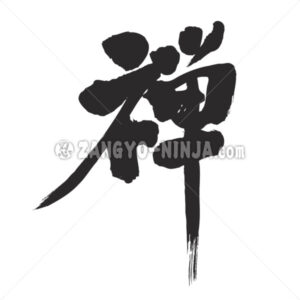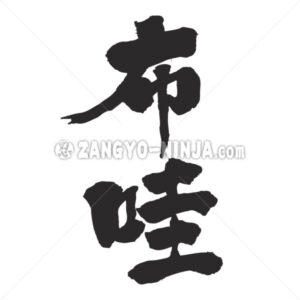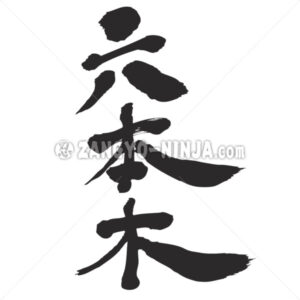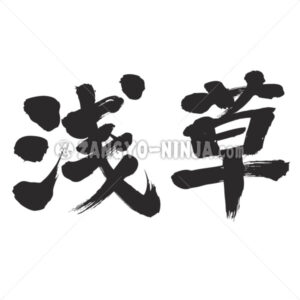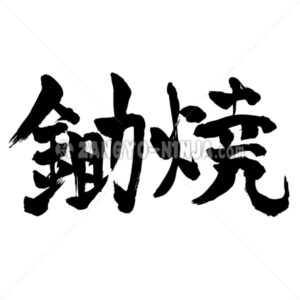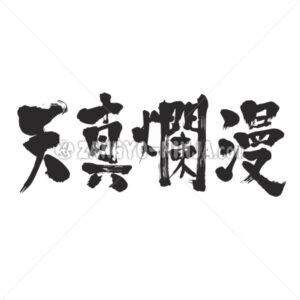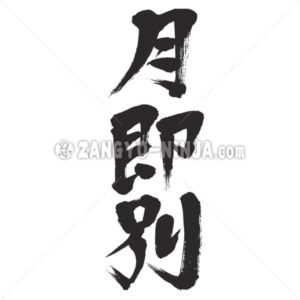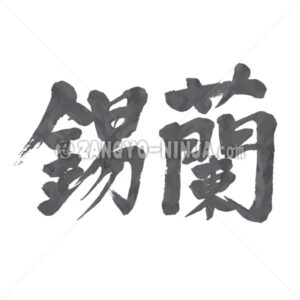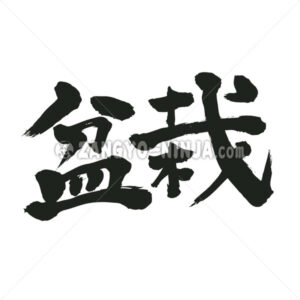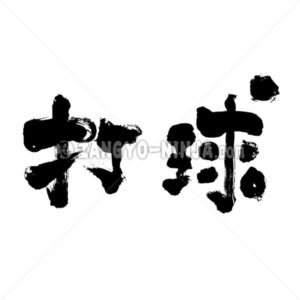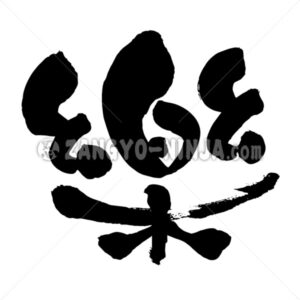Description for "Akihabara in Kanji"
Akihabara is an area name that refers to the area around JR Akihabara Station in Chiyoda-ku, Tokyo. It is known as one of the largest electric towns in Japan.
History and etymology of Akihabara (Akiba)
During the Edo period, it was the area where lower samurai lived. As it was said, “Fires and fights are the flowers of Edo”, there were many fires at that time, and the area around Akihabara was also plagued by fires throughout the Edo period.
Taking advantage of the great fire in Aioi Town in 1869 (Meiji 2), Tokyo Prefecture under the Meiji government at that time set up a fire extinguishing area (hiyokechi) of 9000 tsubo (about 30,000 square meters), and the next day. In 1870 (Meiji 3), a fire-prevention Akiha Gongen was solicited from Enshu (now Shizuoka Prefecture), and it was enshrined as a fire extinguishing shrine.
Initially it was called Akihabara, but when the fire extinguishing shrine was changed to Akiba Shrine (Akihabara: now Matsugaya, Taito-ku moved to the valley), it came to be called “Akihabara”.
Currently, this is the etymology of the abbreviation “Akiba”.
In 1890 (Meiji 23), the railway was extended from Ueno, and a new station was opened here. The station name was named “Akihabara”, and the name became popular and nationwide. The reading “Akihabara” is becoming established in Japan.
Current Akihabara
There are many stores that have a wide variety of electronic components such as computers, home appliances, electric cables, LAN cables, connectors, and expansion boards. It has a good reputation for its large selection of electrical equipment and parts and its low price.
It is known not only as an electrical product but also as a mecca for so-called “otaku”, and in recent years it has been attracting attention as a source of “moe” subcultures such as maid cafes. Since around 2005, the development of surrounding areas such as Akihabara Crossfield and Tsukuba Express has been progressing rapidly.



